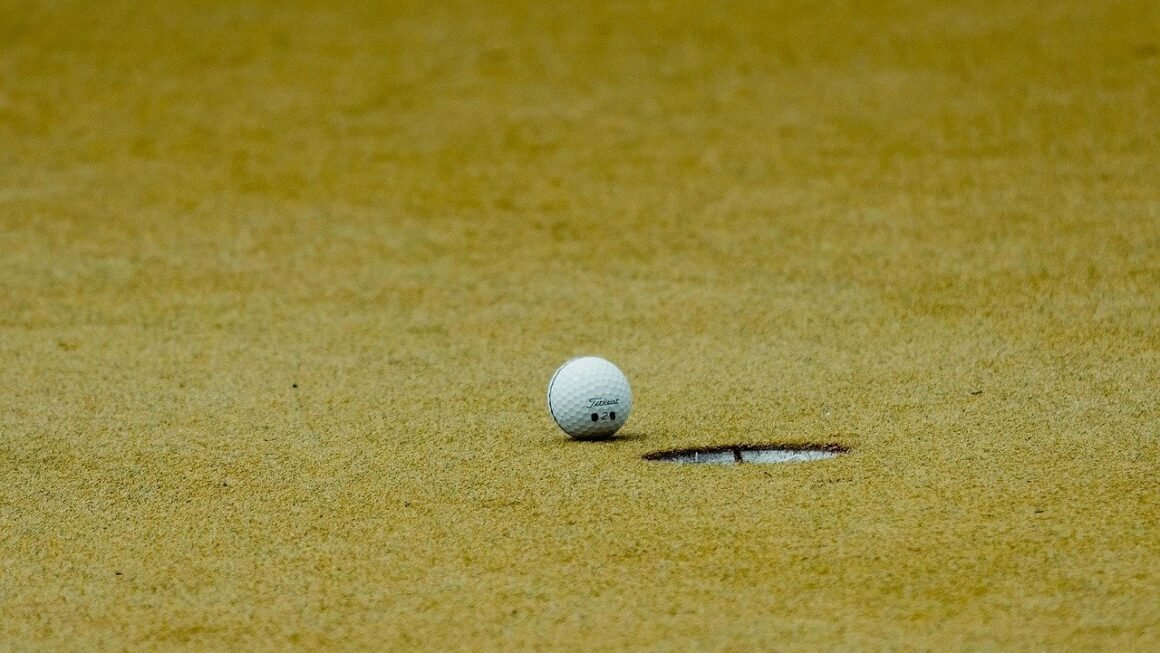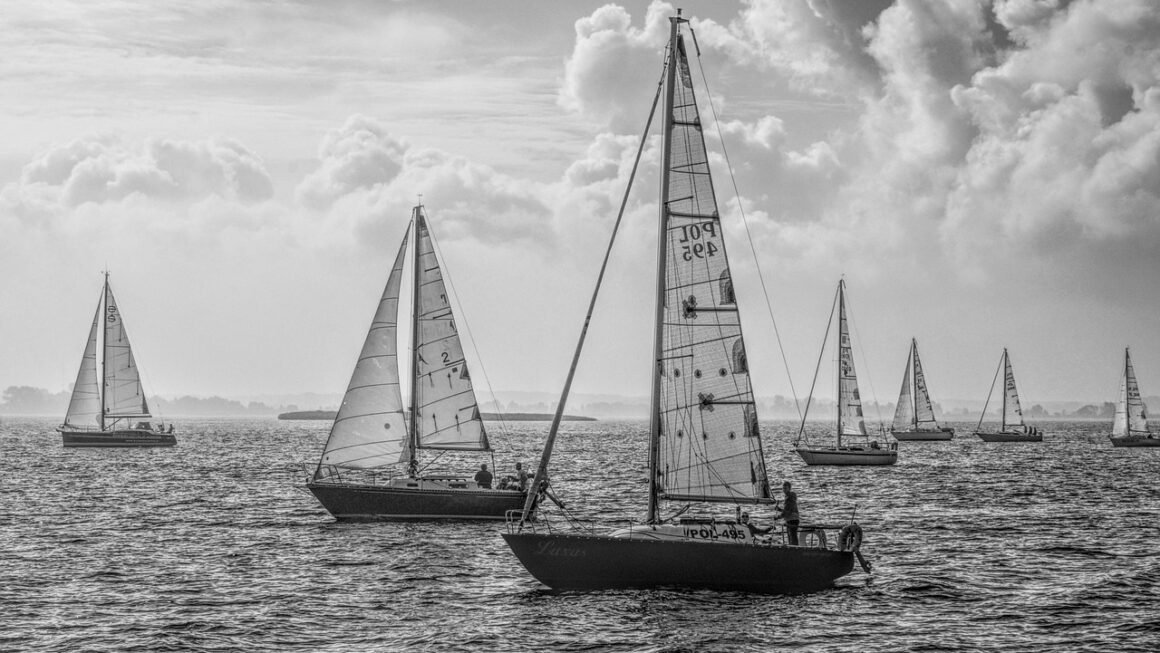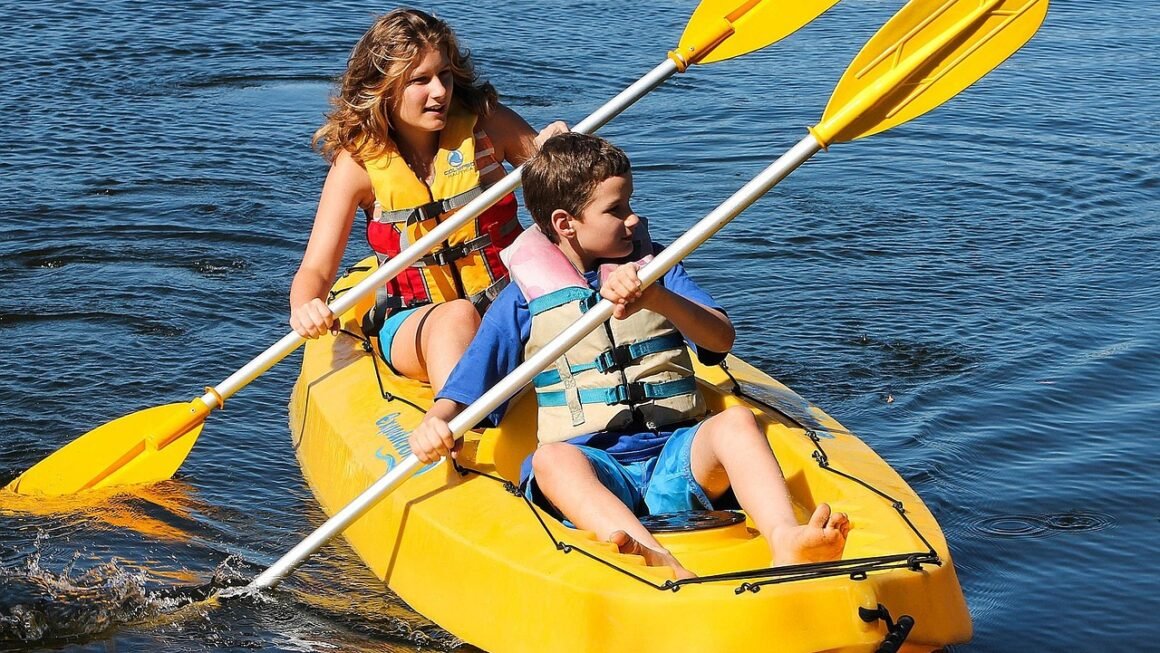Deeper than scuba diving, more intimate than snorkeling, freediving is the art of descending underwater on a single breath. It’s a pursuit that blends physical discipline with mental fortitude, inviting you to explore the ocean’s depths in its purest form. Whether you’re a seasoned athlete seeking new challenges or a nature enthusiast craving a deeper connection with the underwater world, freediving offers a unique and transformative experience. This guide will dive into the fascinating world of freediving, covering everything from its basics to advanced techniques, safety considerations, and how to get started.
What is Freediving?
Freediving, also known as breath-hold diving, is a form of underwater diving that relies on a diver’s ability to hold their breath until resurfacing. Unlike scuba diving, no external breathing apparatus is used. This simplicity allows for a profound and direct interaction with the marine environment.
Disciplines of Freediving
Freediving encompasses various disciplines, each testing different aspects of breath-holding ability, depth, and distance. Here are some of the main disciplines:
- Static Apnea (STA): Holding your breath for as long as possible in a stationary position, usually face down in a pool. This is all about mental control and relaxation. The world record for static apnea is over 11 minutes!
- Dynamic Apnea (DYN): Swimming horizontally underwater for the greatest possible distance while holding your breath, usually in a pool. DYN can be performed with or without fins.
- Constant Weight (CWT): Descending and ascending using fins or a monofin, without changing the ballast weight. This is one of the most popular and competitive disciplines.
- Free Immersion (FIM): Descending and ascending along a rope by pulling oneself down and up. This discipline is excellent for developing equalization skills.
- Variable Weight (VWT): Descending with a weighted sled and ascending by your own power (fins or pulling the rope). This allows for deeper dives with less exertion during the descent.
- No Limits (NLT): Descending with a weighted sled and ascending with any method, usually a lift bag. This is the deepest and most extreme discipline, with inherent risks.
The Appeal of Freediving
Why choose freediving over other forms of diving? The answer lies in its unique blend of physical and mental challenges, combined with the profound connection it offers to the ocean:
- Minimal Equipment: Freediving requires less equipment than scuba diving, making it more accessible and affordable.
- Freedom of Movement: Without bulky tanks, freedivers experience greater freedom and agility underwater.
- Mental Discipline: Freediving cultivates mindfulness, focus, and relaxation techniques that can benefit other areas of life.
- Enhanced Connection to Nature: Freediving allows for a more intimate and silent interaction with marine life, minimizing disturbance to the environment.
- Personal Growth: Pushing your limits in freediving builds confidence, resilience, and self-awareness.
Essential Freediving Equipment
While freediving requires less equipment than scuba diving, having the right gear is crucial for safety and performance. Here’s a breakdown of essential equipment:
Mask and Snorkel
A low-volume mask is ideal for freediving as it reduces the amount of air needed to equalize pressure. A snorkel allows you to breathe comfortably at the surface before and after dives.
- Example: Choose a mask with a soft silicone skirt for a comfortable and secure seal.
Fins
Long, flexible fins provide efficient propulsion with minimal effort. Freediving fins are typically longer than scuba diving fins.
- Types: Bi-fins (traditional fins) and monofins (a single blade) are available. Monofins require more training and technique.
- Tip: Opt for fins made of composite materials like carbon fiber or fiberglass for optimal performance.
Wetsuit
A wetsuit provides thermal protection and buoyancy. The thickness of the wetsuit depends on the water temperature.
- Considerations: A well-fitting wetsuit is essential for comfort and warmth. Look for a wetsuit specifically designed for freediving, with features like a smooth skin exterior for reduced drag.
Weight Belt and Weights
A weight belt with releasable weights helps counteract the buoyancy of the wetsuit, allowing for easier descent.
- Important: Use a quick-release buckle on your weight belt to quickly ditch weights in an emergency.
- Rule of Thumb: Start with approximately 1-3% of your body weight and adjust as needed based on buoyancy.
Dive Computer/Watch
A dive computer or watch tracks depth, dive time, surface interval, and water temperature. This information is vital for safety.
- Features: Look for features like alarms for maximum depth and dive time, as well as surface interval tracking.
Lanyard
A lanyard connects the freediver to a dive line, providing a safety measure in case of blackout or other emergencies.
- Safety First: Always use a properly functioning lanyard with a quick-release mechanism.
Freediving Techniques and Safety
Mastering freediving techniques and adhering to strict safety protocols are paramount for a safe and enjoyable experience.
Breathing and Relaxation
Proper breathing and relaxation techniques are fundamental to freediving.
- Diaphragmatic Breathing: Focus on breathing into your diaphragm rather than your chest. This maximizes lung capacity and promotes relaxation.
- Packing: A technique used to further inflate the lungs with additional air before a dive. This technique should be learned under the guidance of a certified instructor, as it can carry risks if performed incorrectly.
- Relaxation Techniques: Practice meditation, yoga, or other relaxation techniques to calm your mind and reduce oxygen consumption.
Equalization
Equalization is the process of balancing the pressure in your ears and sinuses with the surrounding water pressure.
- Valsalva Maneuver: Pinch your nose and gently blow to equalize.
- Frenzel Technique: A more advanced technique that uses the tongue and throat muscles to equalize. This technique is often taught in freediving courses.
- Mouthfill: An advanced technique used at deeper depths to equalize.
Dive Planning
Proper dive planning is essential for safety.
- Assess Conditions: Evaluate water temperature, visibility, currents, and weather conditions before diving.
- Dive Buddy: Always dive with a qualified and experienced dive buddy. Never dive alone.
- Depth and Time Limits: Set realistic depth and time limits based on your training and experience.
- Surface Interval: Allow sufficient surface interval time between dives to recover and replenish oxygen stores. The deeper the dive, the longer the surface interval should be. A general guideline is to have at least twice the dive time at the surface for shallower dives.
Safety Procedures
Know the signs of potential problems and how to respond.
- Shallow Water Blackout (SWB): Loss of consciousness due to oxygen deprivation near the surface. This is a serious risk in freediving. Buddy monitoring is crucial to prevent fatalities.
- Lung Squeeze: Injury to the lungs caused by pressure imbalance. Proper equalization and gradual depth progression can help prevent lung squeeze.
- Lost Buddy: Establish a pre-dive plan for what to do if you become separated from your buddy.
The Buddy System
The buddy system is the cornerstone of freediving safety.
- Constant Monitoring: Your buddy should continuously monitor you during the dive, looking for signs of distress.
- Rescue Skills: Both divers should be trained in rescue techniques, including surface rescue and in-water resuscitation.
- Communication: Establish clear communication signals before the dive.
Getting Started with Freediving
Ready to take the plunge into the world of freediving? Here’s how to get started:
Freediving Courses
Taking a certified freediving course is the best way to learn the necessary skills and knowledge.
- Certification Agencies: PADI, SSI, AIDA, and Molchanovs are reputable freediving certification agencies.
- Course Levels: Start with a beginner-level course to learn basic techniques and safety procedures. Progress to more advanced courses as your skills improve.
- What to Expect: Courses typically cover topics such as breathing techniques, equalization, dive planning, safety procedures, and rescue techniques.
Finding a Qualified Instructor
Choosing a qualified and experienced instructor is crucial for your safety and progress.
- Experience and Certifications: Look for an instructor with extensive freediving experience and certifications from recognized agencies.
- Teaching Style: Choose an instructor whose teaching style aligns with your learning preferences.
- Safety Emphasis: Ensure the instructor prioritizes safety and adheres to established safety protocols.
Practice and Training
Regular practice and training are essential for improving your freediving skills.
- Pool Training: Practice breathing techniques, static apnea, and dynamic apnea in a controlled pool environment.
- Open Water Training: Gradually progress to open water dives, starting with shallow depths and increasing depth as your skills improve.
- Cross-Training: Incorporate other forms of exercise, such as swimming, yoga, and cardio, to improve your overall fitness and breath-holding ability.
Finding a Freediving Community
Connecting with other freedivers can provide support, motivation, and learning opportunities.
- Local Clubs: Join a local freediving club or group to connect with other divers in your area.
- Online Forums: Participate in online freediving forums and communities to share experiences and learn from others.
- Workshops and Events: Attend freediving workshops and events to improve your skills and connect with experts in the field.
Conclusion
Freediving is a rewarding and challenging activity that offers a unique connection to the ocean. By understanding the principles of freediving, mastering essential techniques, and prioritizing safety, you can embark on a journey of self-discovery and explore the underwater world on a single breath. Remember to always prioritize safety, seek proper training, and respect the marine environment. With dedication and practice, you can unlock the transformative power of freediving and experience the profound beauty of the ocean’s depths.



